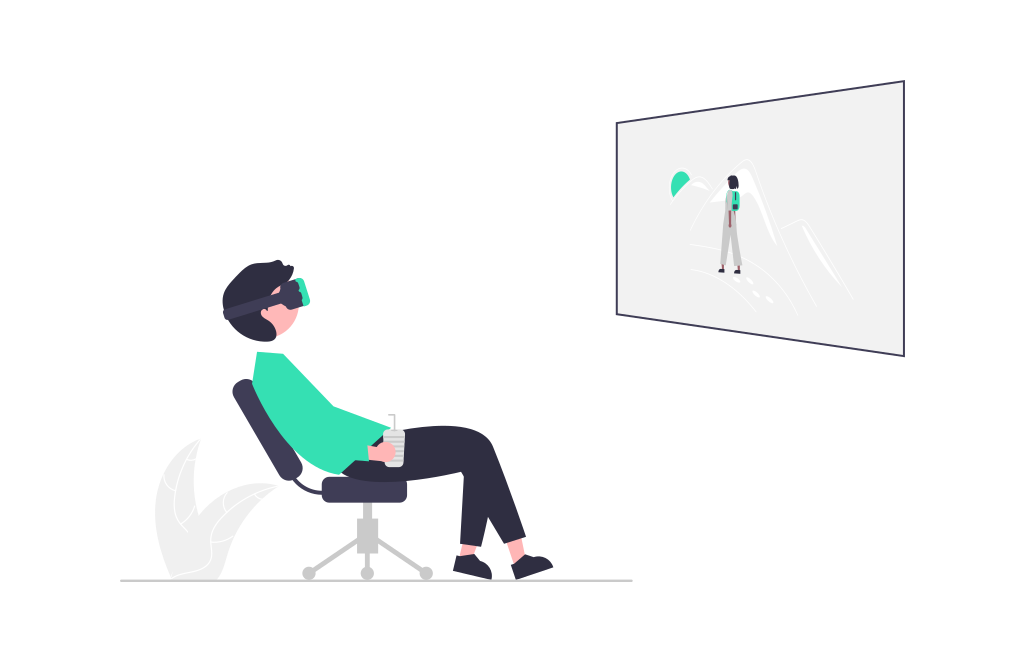From Chalkboards to Chromebooks: The Evolution of Education Technology
Discover the evolution of education technology, from the humble chalkboard to the adoption of Chromebooks and smart boards.
The Evolution of Education Technology
Education technology has come a long way since its inception. Over the years, it has evolved and transformed the way we teach and learn. From traditional methods to modern innovations, education technology has revolutionized the classroom.
In the early days, education relied on basic tools such as chalkboards, which served as a platform for teachers to present information. However, as technology advanced, so did the tools used in education.
The Emergence of Chalkboards
One significant milestone in the history of education technology was the emergence of chalkboards. Chalkboards provided a way for teachers to visually present information and engage students in a more interactive manner.
With the use of chalk and erasers, teachers could write and erase information, making it easier for students to follow along and take notes. Chalkboards became a staple in classrooms and remained a primary tool for many years.
The Impact of Projectors and Overhead Projectors
As technology continued to advance, projectors and overhead projectors made their way into classrooms. These tools allowed teachers to display images, videos, and slideshows to enhance the learning experience.
Projectors and overhead projectors opened up new possibilities for visual learning. Teachers could now show educational videos, present slideshows, and display images related to the lesson. This visual aid greatly improved comprehension and engagement among students.
The Advent of Computers and Educational Software
The advent of computers marked a significant turning point in education technology. With the introduction of computers in classrooms, students gained access to a wealth of information and interactive learning experiences.
Educational software played a crucial role in this transformation. From educational games to interactive lessons, software developers created programs that made learning more engaging and personalized. Students could now learn at their own pace and explore various subjects in a dynamic and interactive way.
The Revolution of Chromebooks
In recent years, Chromebooks have revolutionized education technology. These lightweight laptops powered by Google's Chrome OS have become increasingly popular in classrooms.
Chromebooks offer numerous benefits for both students and teachers. They provide easy access to educational resources, collaboration tools, and cloud-based applications. With Chromebooks, students can work on assignments, access digital textbooks, and collaborate with their peers seamlessly. Teachers can also monitor student progress and provide real-time feedback, making the learning process more efficient and effective.
The Digital Age and How-to Future-proof Your Classroom
As we enter the digital age, it is essential to future-proof our classrooms. This means embracing technology and adapting to the changing needs of education.
To future-proof your classroom, consider integrating a variety of educational technologies such as interactive whiteboards, online learning platforms, and virtual reality tools. These technologies can enhance student engagement, promote collaboration, and provide personalized learning experiences.
Additionally, it is crucial to provide teachers with ongoing professional development to ensure they are equipped with the skills and knowledge to effectively utilize education technology. By investing in training and support, schools can maximize the potential of technology in the classroom and prepare students for the digital future.
In conclusion, the history of education technology is a testament to the continuous evolution of teaching and learning methods. From the humble chalkboards to the revolutionary Chromebooks, education technology has transformed classrooms and opened up new possibilities for students. By embracing technology and staying ahead of the curve, we can create a brighter future for education.


